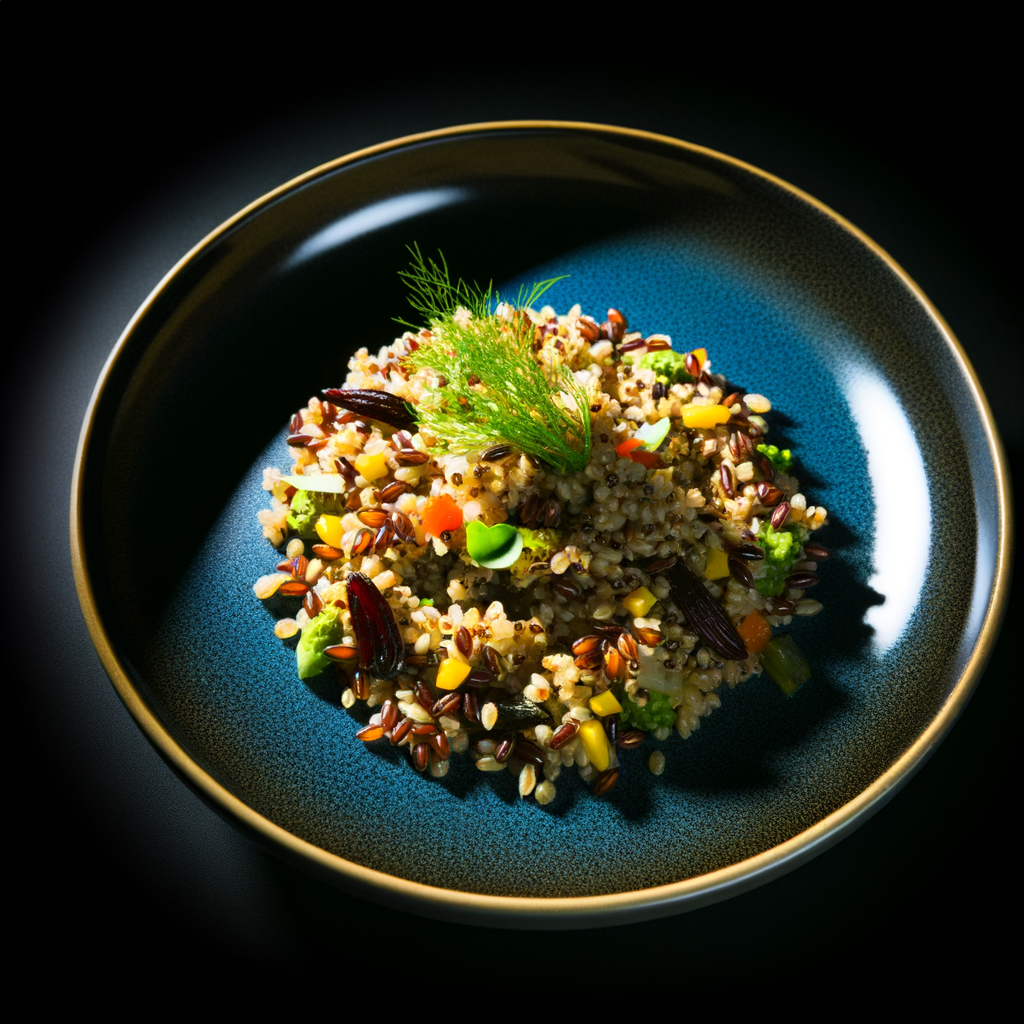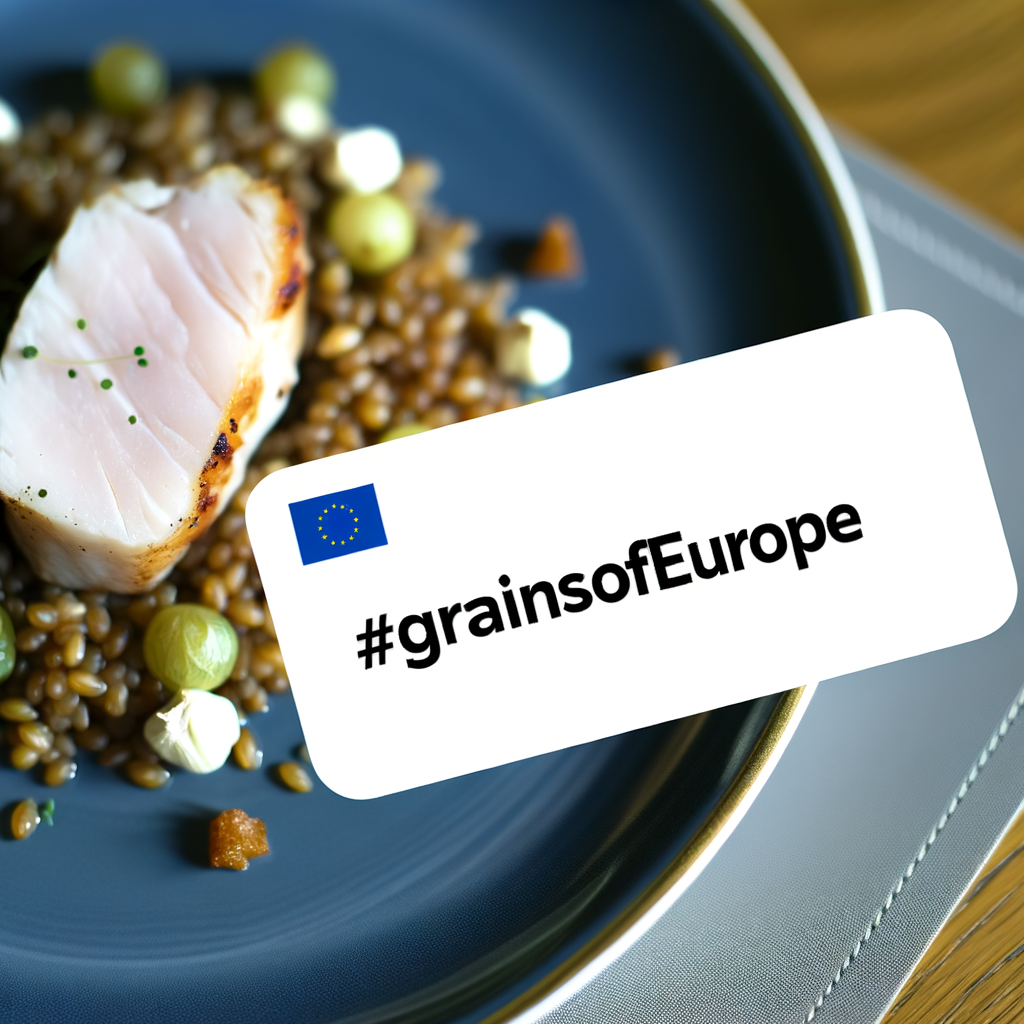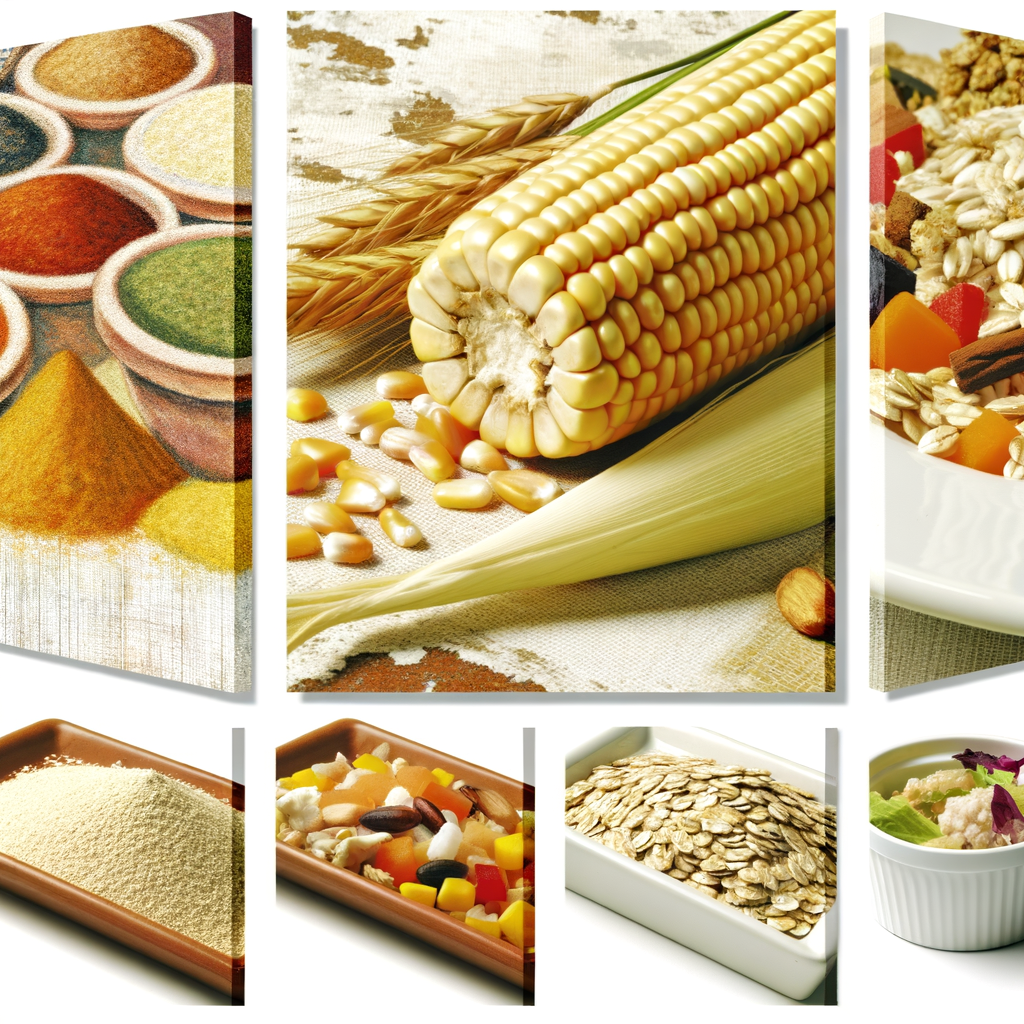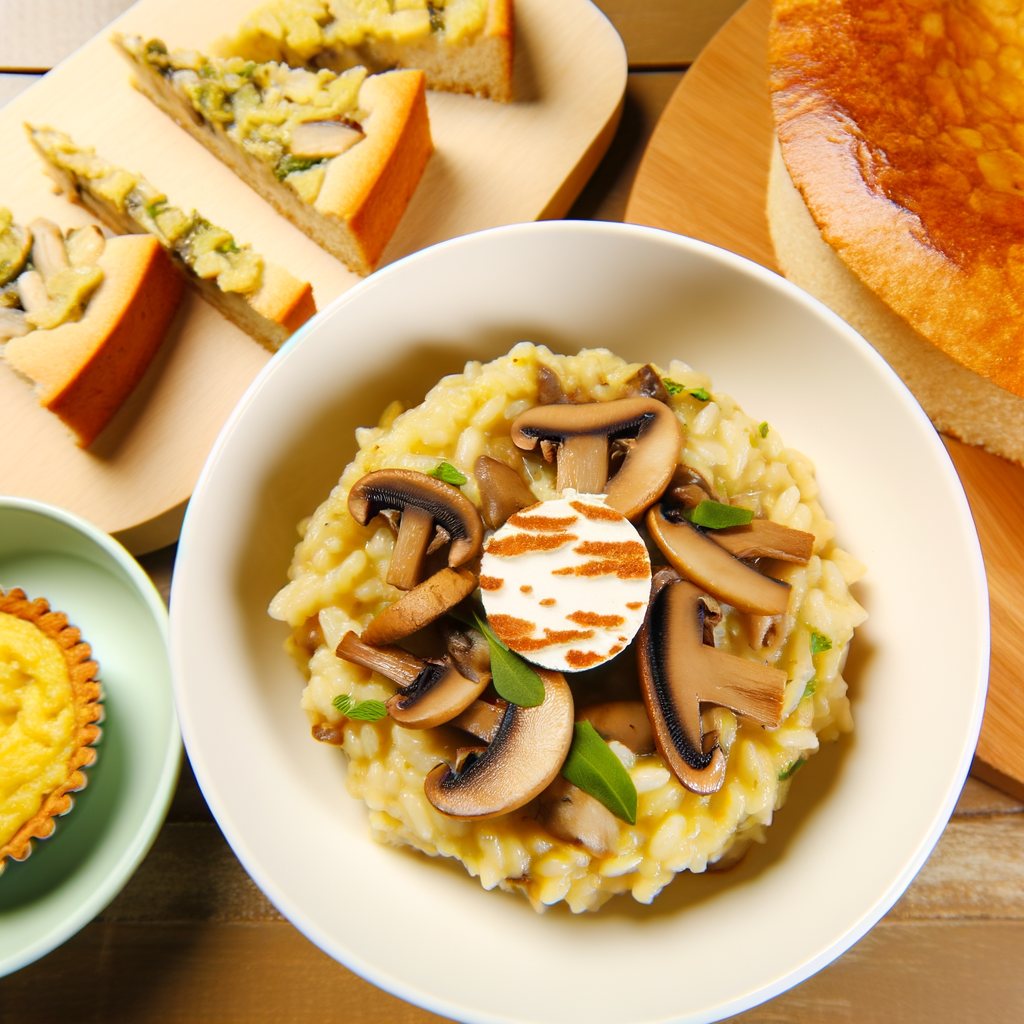When it comes to European cuisine, there are a few staple ingredients that can be found in almost every dish. One of these essential ingredients is grains. Grains are a type of edible seed that are used in a variety of dishes and have been a staple in European cuisine for centuries. They are not only delicious, but also provide a significant source of nutrients for a well-rounded diet. In this article, we will explore the various types of grains used in European cooking and how they can elevate your dishes to the next level.
Wheat is perhaps one of the most commonly used grains in European cuisine. It is used to make flour, which is then used in bread, pastries, and pasta. Wheat is also used to make couscous, a staple in North African and Mediterranean cuisine. Another popular grain is barley, which is often used in soups, stews, and porridges. It has a slightly nutty flavor and adds a hearty texture to dishes.
Other grains commonly used in European cuisine include oats, rye, and corn. Oats are often used in breakfast dishes like porridge or muesli, and rye is used in breads and crackers. Corn, on the other hand, is used in a variety of dishes such as polenta, tortillas, and even beer!
Grains are not only versatile in their uses, but also provide many health benefits. They are rich in fiber, vitamins, minerals, and antioxidants. They also have been linked to a reduced risk of heart disease and improved digestion. So the next time you sit down to enjoy a delicious European meal, remember to thank the grains for their contribution to your plate.





